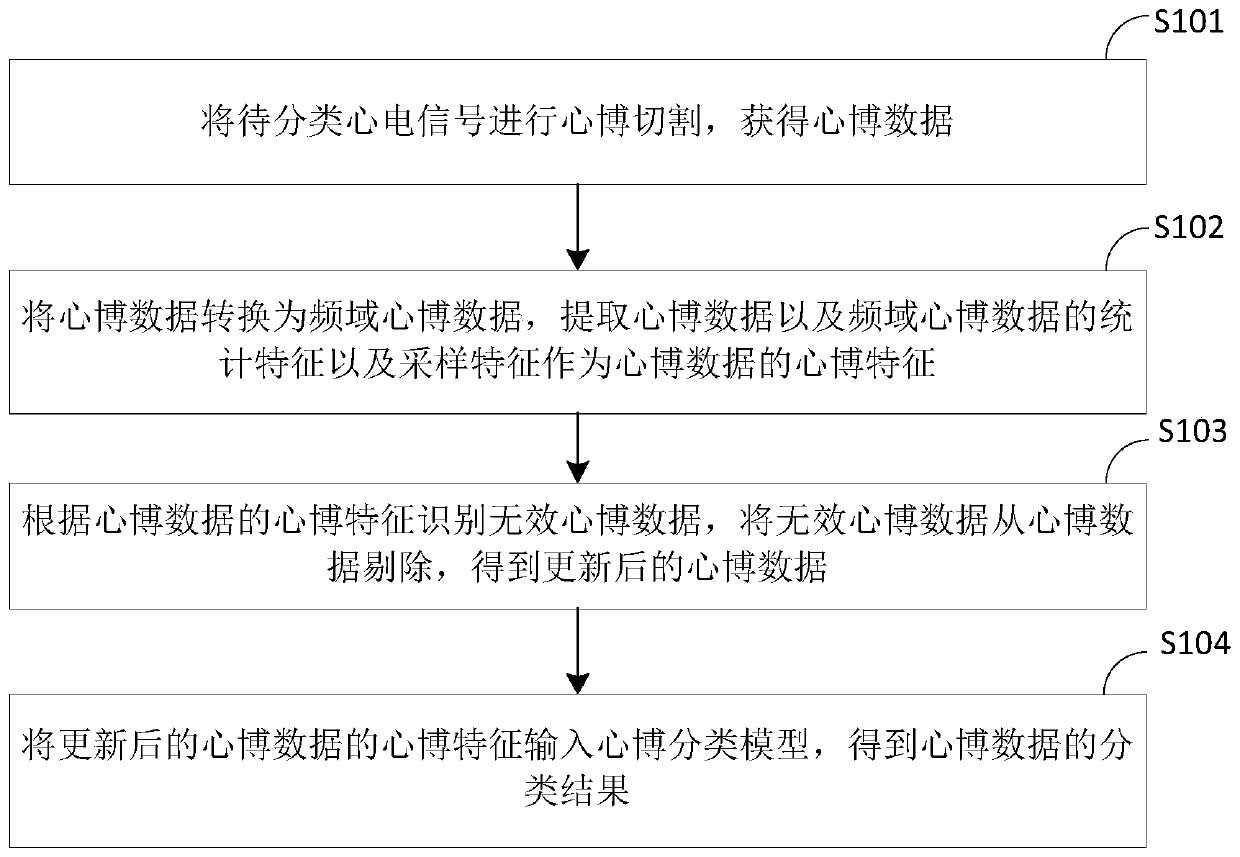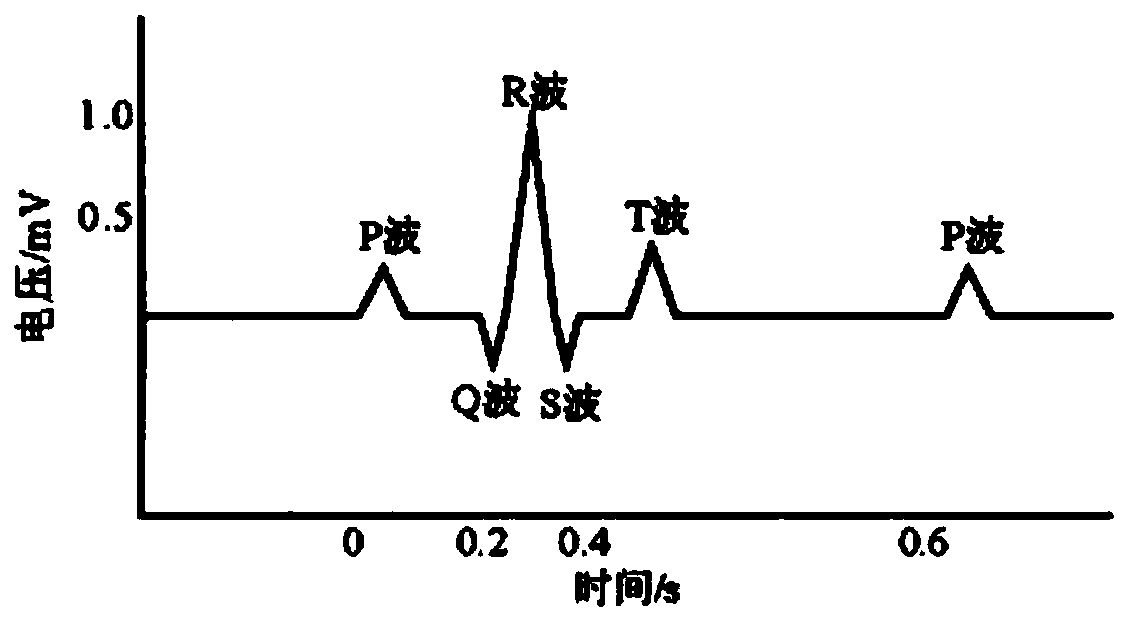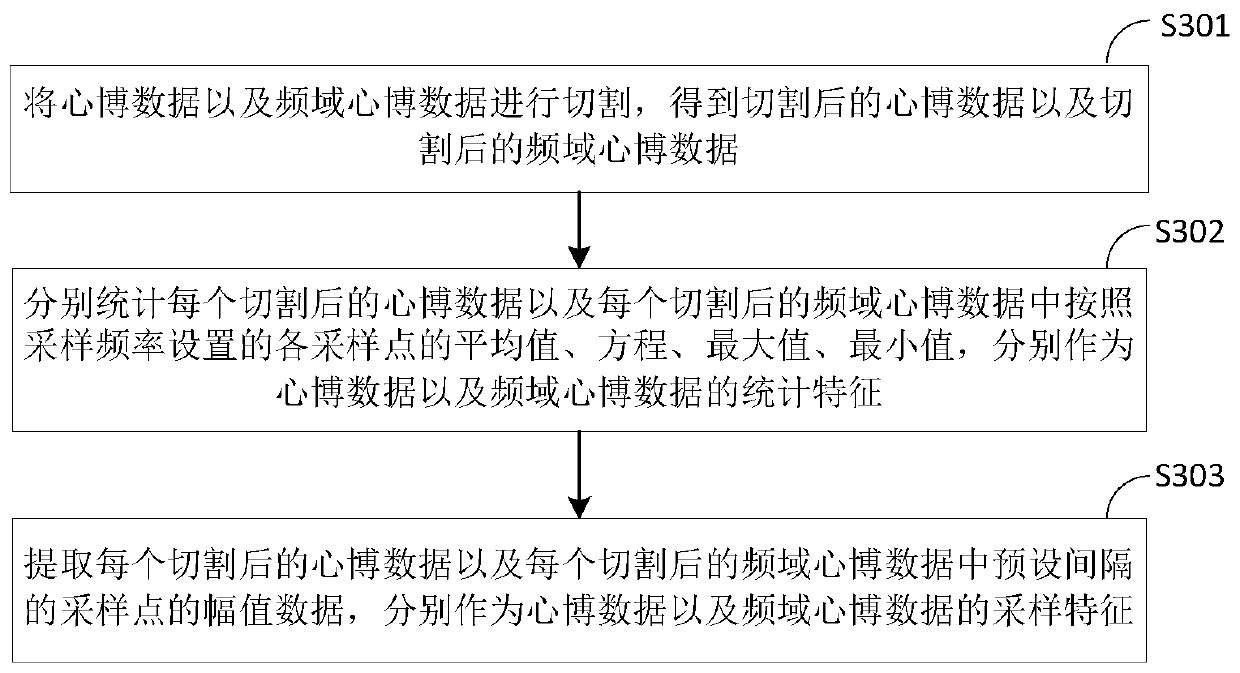Electrocardiogram signal classification method, device, program product and storage medium
A technology of electrocardiogram signal and classification method, which is applied in the field of data processing, can solve problems such as inaccurate classification of electrocardiogram signals, and achieve the effect of improving classification accuracy and avoiding interference
- Summary
- Abstract
- Description
- Claims
- Application Information
AI Technical Summary
Problems solved by technology
Method used
Image
Examples
Embodiment Construction
[0051] In order to make the above objectives, features, and advantages of the present application more obvious and understandable, the following describes the embodiments of the present application in further detail with reference to the accompanying drawings and specific implementations.
[0052] In the research of the traditional ECG signal processing method, the inventor found that the traditional ECG signal processing-based morphological detection relies on preset thresholds for classification. In fact, the ECG signal of each person is quite different. Using a unified signal processing method combined with a fixed threshold for classification will lead to inaccurate classification results.
[0053] Based on this, the embodiment of the present application provides an ECG signal classification method, specifically, cutting the acquired ECG signal to obtain heartbeat data, and real-time heartbeat data. Then, the heartbeat data is converted to obtain the frequency domain heartbeat ...
PUM
 Login to View More
Login to View More Abstract
Description
Claims
Application Information
 Login to View More
Login to View More - R&D
- Intellectual Property
- Life Sciences
- Materials
- Tech Scout
- Unparalleled Data Quality
- Higher Quality Content
- 60% Fewer Hallucinations
Browse by: Latest US Patents, China's latest patents, Technical Efficacy Thesaurus, Application Domain, Technology Topic, Popular Technical Reports.
© 2025 PatSnap. All rights reserved.Legal|Privacy policy|Modern Slavery Act Transparency Statement|Sitemap|About US| Contact US: help@patsnap.com



